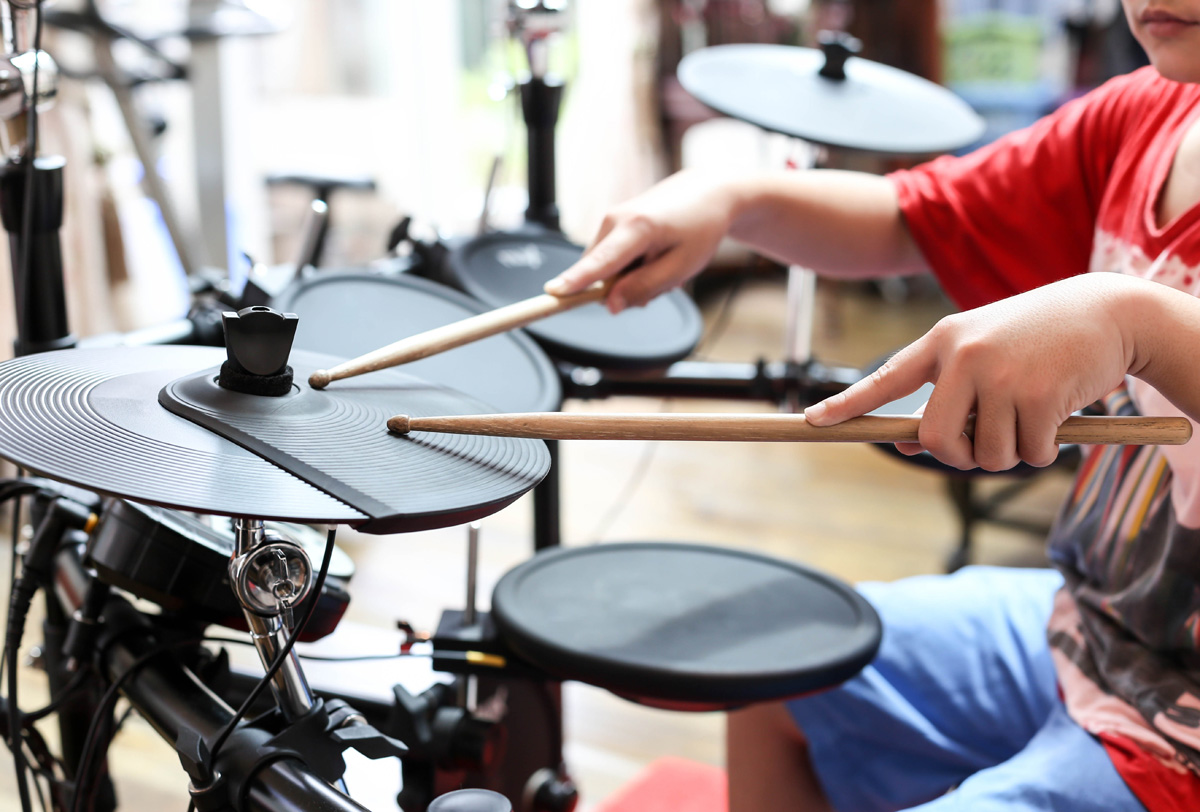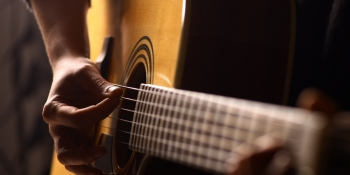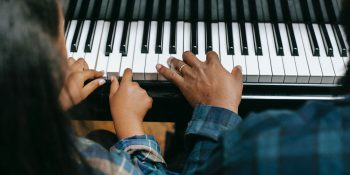
Beginner Drum Lessons
Drums first appeared in 6000 BC. The American Indians used gourd and wooden constructed drums for their rituals and ceremonies. Drums have always been used for more than creating music. People used it for communicating with farther entities, to warn people, to communicate with Gods and other things.
The concept of drums are as old as mankind. drums is a collection of percussion instruments, typically cymbals, which are set up on stands to be played by a single player, with drumsticks held in both hands, and the feet operating pedals that control the hi-hat cymbal and the beater for the bass drum.
Drum kit is a set of various drums from the marching bands. The whole point of building a Drum Kit was to test if one drummer could play more than one drum at a time and it was possible. Cymbals and Toms, which were invented in China, were added to drum kits.
William F. Ludwig, Sr., and his brother, Theobald Ludwig, founded the Ludwig & Ludwig Co. in 1909 and patented the first commercially successful bass drum pedal system for the foot to operate, This discovery made it to our modern drum kit. By the 1930’s the standard drum kit had taken shape. The Kit consisted of a bass drum and foot pedal, snare, tom toms, hi-hat cymbal, and large hanging cymbals
Now that you know the history about your instrument, let us learn how to play it. First you will need drumsticks to get any sound from the drums but before that we will learn about the different parts that constitute a basic drum set. You will generally have a bass drum with a pedal which accesses its sound through the drum beater. Then you have a floor tom, two mounted toms and a snare. You will have a variety of cymbals like Hi-hat, Crash and Rides.
To make beats out of the above mentioned parts of the drums, you should know how to hold a drumstick. Below are the pointers that will help you correctly hold the drumstick :
- Place your drumstick on the practice pad, snare or any other surface that you are practicing.
- Pick your sticks with your index and thumb finger, make sure you pinch it and pick it up
- Now place the drumstick under the index finger.
- Try finding the balance point by moving your index and thumb forward and backwards and see where you get a good rebound.
- Curl the last 3 fingers (these 3 fingers aren’t meant to be tight). make sure that butt of the sticks are away from each other making a shape of a cut pizza
- Strike the stick on the head of the surface using finger or wrist motion.
There are different grips that you can apply on the drumstick which you will learn in detail as you progress through the lessons. There will be exercises or rudiments that will help you create different and variety of beats which can be used in a lot of musical ideas and songs.You will learn about fills and also learn to read drums on a sheet music so that in future, you can learn to pick up any of your favourite song or pieces.



 Version
2.0
Version
2.0